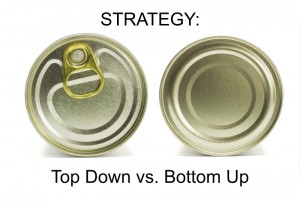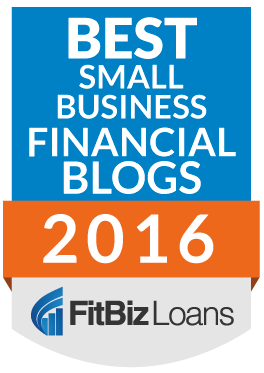 Business Strategy Plans
Business Strategy Plans
Business strategy, in my opinion, usually develops over time rather than being a master business strategy plan from the CEO. It is often tempting to think that we can devise a master business strategy plan and then focus on executing that strategy. It is never that simple. There are so many elements to most organizations that I have found it difficult to devise a master strategy plan that incorporates all the various aspects of a business. This is somewhat disconcerting because you must be at peace with the idea that a company is not in your total control. But, the reality is that it is not in your total control.
Intended and Emergent Strategies
Clayton Christensen of the Harvard Business School captured this concept in his class through a concept of “Intended Strategy vs. Emergent Strategy”. To Christensen, many of the best strategies and most common paths toward a strategy were Emergent Strategies. He described this as “the cumulative effect of day-to-day prioritization decisions made by middle managers, engineers, salespeople and financial staff — decisions that are made despite, or in the absence of, intentions.” This is different than an intended business strategy plan that is a very conscious and analytical strategy. Sort of an unexpected concept from a business school that teaches strategy, right?
Business Strategy Plans at Work
But, isn’t a CEO supposed to set the strategy plan of a company? Wouldn’t things drift in the wrong direction if the company is left to its own devices? I have found it is best to set the tone and the direction of the company, but then be open to letting the company find its own specific path in that direction. Of course, this usually assumes that the company is not in start-up mode or a mode of urgent transformation. But if the company is operating effectively, allowing good ideas to emerge over time and implementing tweaks to the strategy is very effective. The cumulative impact of all of those decisions becomes large over time.
Furthermore, I find that many sources of competitive advantage were not dreamed up in a master business strategy planning session. Often, they are discovered as the company moves along, develops relationships, experiments, and makes observations in the marketplace. Thus, very strong competitive advantages usually take time to develop and then solidify. I suggest not forcing a strategy plan, but setting a direction and then being on the vigilant lookout for strategy adjustments and competitive advantages and allowing them to emerge.


 m the
m the  housing in 2007). This reminded me of the 1970’s when Warren Buffett was buying public equities like crazy, but pension fund managers only allocated 21% to equities in 1974 and 1977, and only 9% in 1978. These years were wonderful years to buy public equities.
housing in 2007). This reminded me of the 1970’s when Warren Buffett was buying public equities like crazy, but pension fund managers only allocated 21% to equities in 1974 and 1977, and only 9% in 1978. These years were wonderful years to buy public equities.

 I am an investor at Greybull Stewardship, an
I am an investor at Greybull Stewardship, an 
 Sign Up
Sign Up RSS Feed
RSS Feed